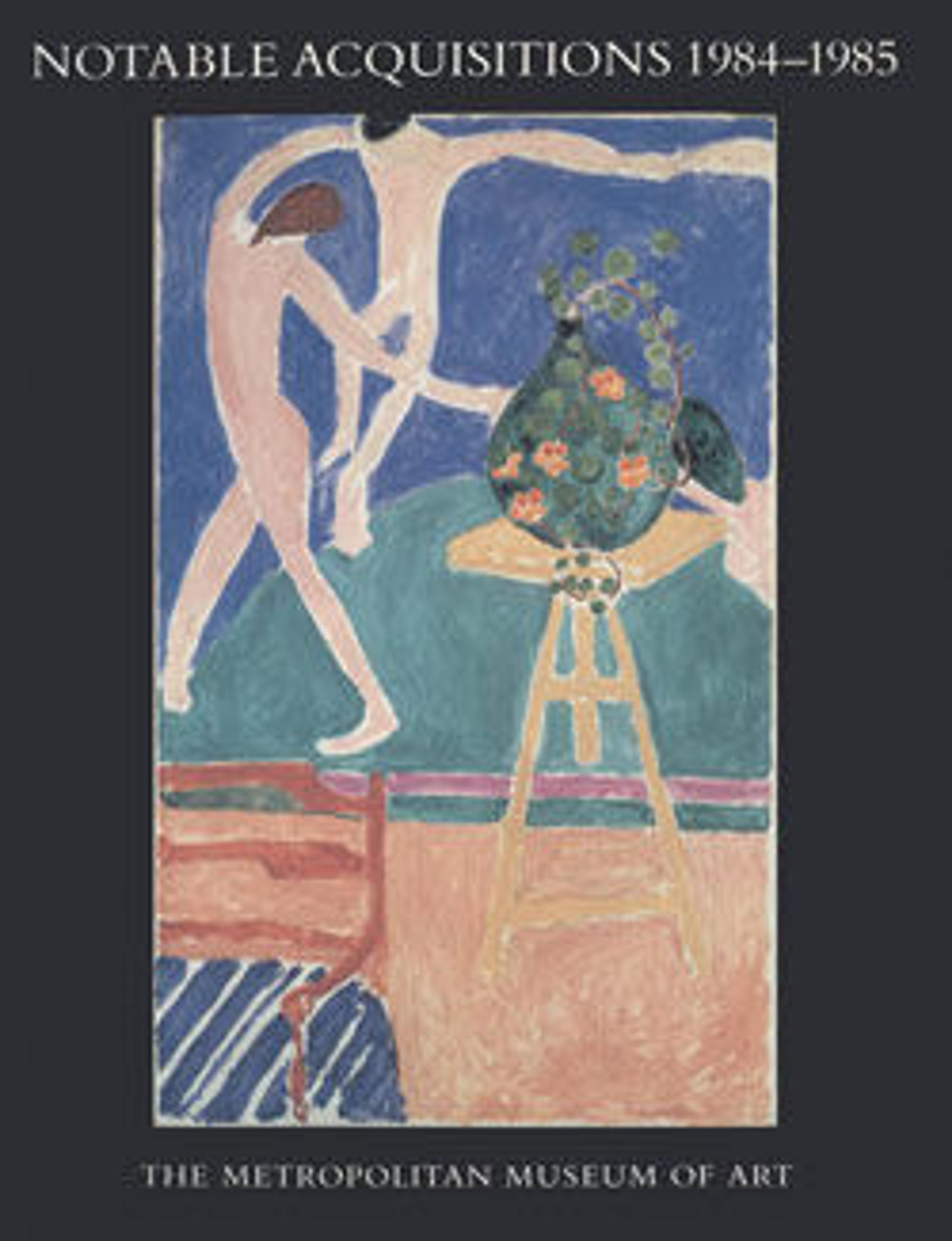Tripod Bird Bowl
A favored vessel type of the Maya lowlands was one made in the shape of a tropical bird, perhaps a cormorant, in the act of catching a fish in its beak. The bird's forehead is marked with a disk, probably depicting a mirror. Details of the bird are rendered on the lid, where its head forms the knob and its wings spread out onto the expanse of the lid. The fish is rendered three-dimensionally, carefully held in the wide bird beak. The bowl beneath the lid forms the body of the bird. In monochrome versions of the theme, as seen here, details are incised; in polychrome examples, they are multicolored. The symbolic meaning of the theme is not clear, even though it remains constant on the lids of a number of different bird-bowl types, from those without feet to four-footed examples. As these bowls have been found in some burials, the theme may relate to death and/or the afterlife, or, more simply, to the presumed contents of the vessel.
Artwork Details
- Title: Tripod Bird Bowl
- Date: 3rd–4th century
- Geography: Guatemala, Mesoamerica
- Culture: Maya
- Medium: Ceramic
- Dimensions: H. 9 3/4 x W. 7 3/8in. (24.8 x 18.7cm)
- Classification: Ceramics-Containers
- Credit Line: Gift of Carolyn C. and Dan C. Williams, 1984
- Object Number: 1984.614a, b
- Curatorial Department: The Michael C. Rockefeller Wing
More Artwork
Research Resources
The Met provides unparalleled resources for research and welcomes an international community of students and scholars. The Met's Open Access API is where creators and researchers can connect to the The Met collection. Open Access data and public domain images are available for unrestricted commercial and noncommercial use without permission or fee.
To request images under copyright and other restrictions, please use this Image Request form.
Feedback
We continue to research and examine historical and cultural context for objects in The Met collection. If you have comments or questions about this object record, please contact us using the form below. The Museum looks forward to receiving your comments.
